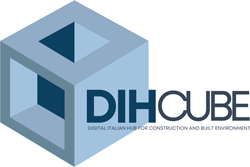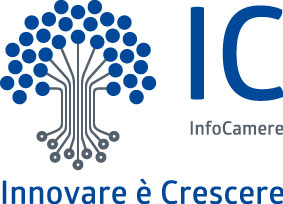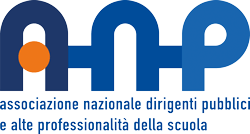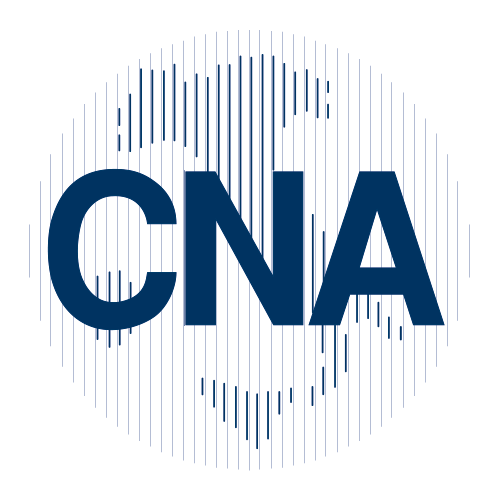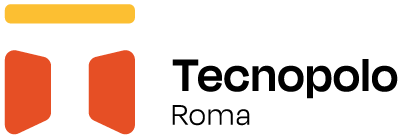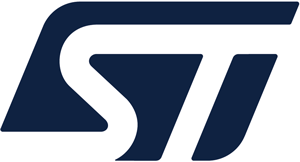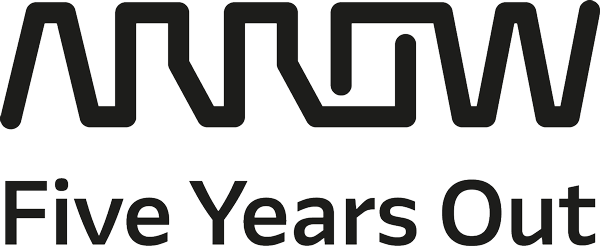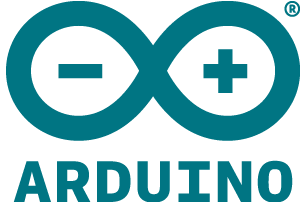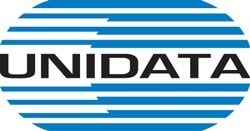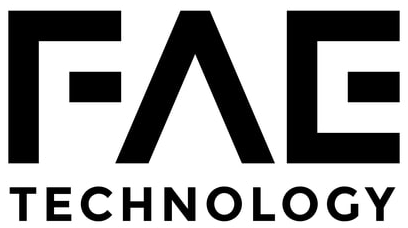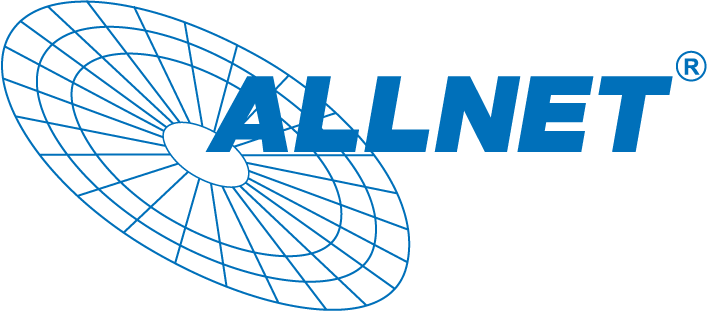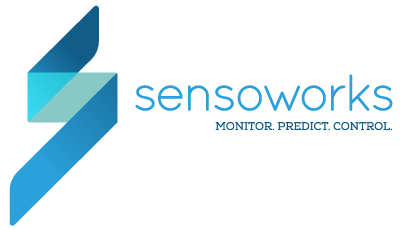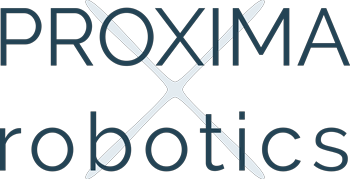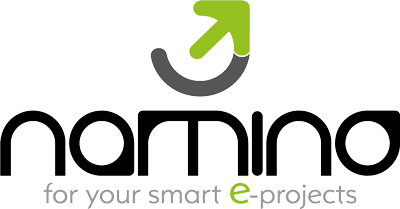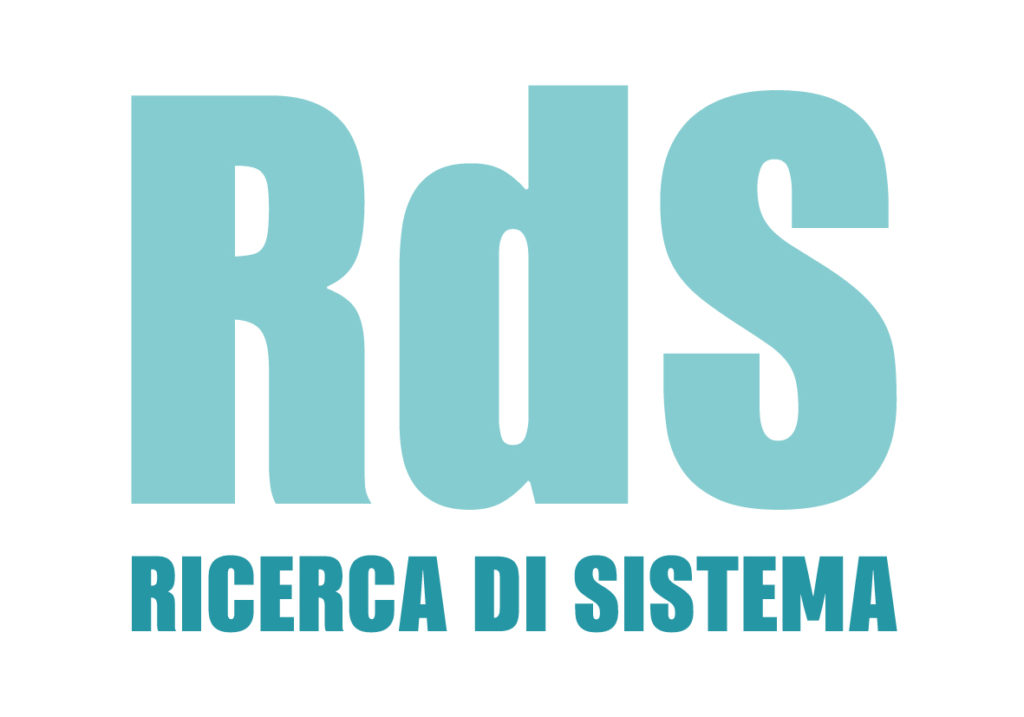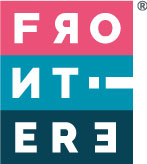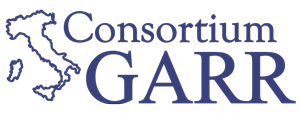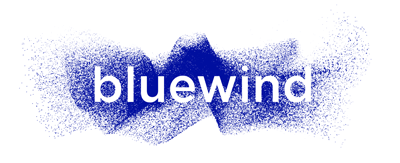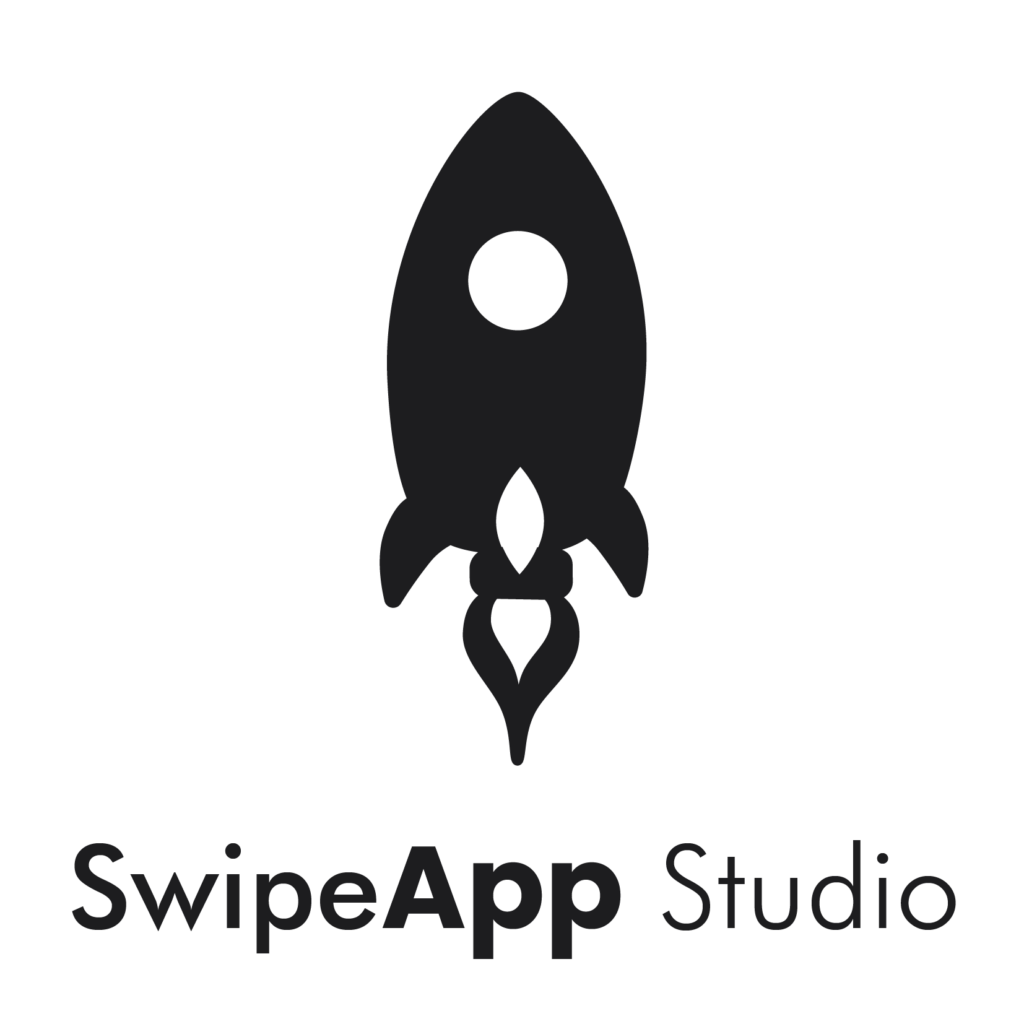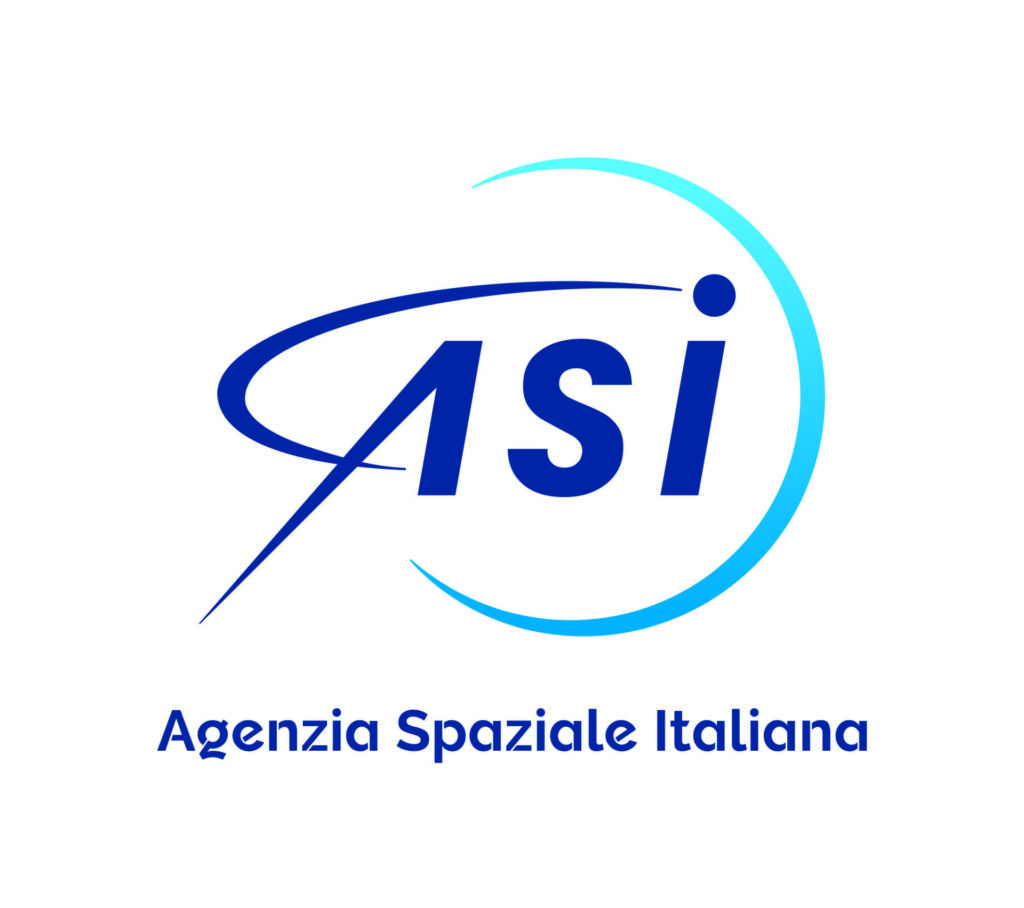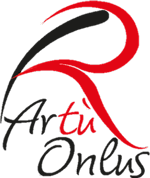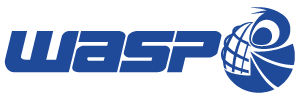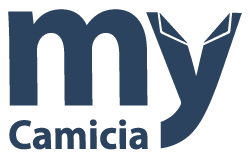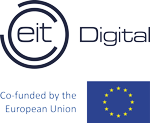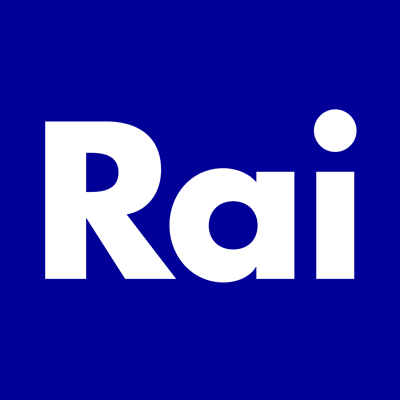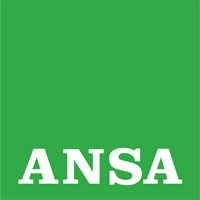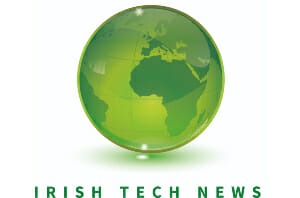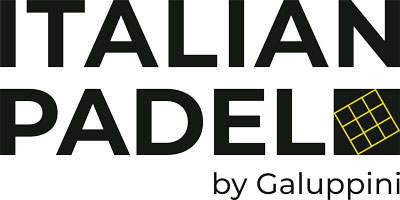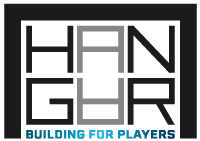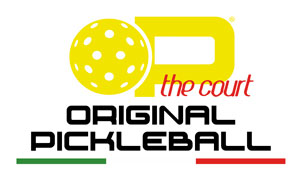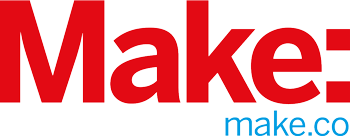MAKEtoCARE was born as a contest launched in 2016 and aimed at bringing out and facilitating the creation and growth of innovative and useful solutions to meet the real needs of people with any form of disability, meant as any marked decrease in quality of life due to pathologies and / or traumatic events.
The participation to the contest is open to all those who have been able to grasp a concrete need, directing their talent and proposing an innovative solution.
The MAKEtoCARE initiative is promoted by our partner Sanofi.

2022 Edition Winners
- ARGO is an open-source device designed to enhance the autonomy of swimmers with visual disabilities. The project started in 2021 within the mixed laboratory of product and communication at the Master’s Degree Course in Design at IUAV University in Venice, through the collaborative work of Sara Labidi, Giuseppe Campanale, and Daniela Bigon. Argo consists of a laser and a photocell placed on opposite sides of the pool, which detect the swimmer’s movements and orientation in the lane. It also includes an ergonomic wearable device, attached to regular swimming goggles and fixed at the back of the neck. The device communicates with the swimmer through three small motors that provide different intensity vibrations, signaling the end of the lane, notifying the swimmer of approaching the edge or the presence of obstacles, such as floaters, thus preventing potential injuries.
-
DIGICOG-MS is a self-assessment and cognitive monitoring app for people with multiple sclerosis. It was launched in March 2020 in Genoa, based on an idea by Jessica Podda, a researcher at the Italian Multiple Sclerosis Foundation (FISM). During the lockdown, there was a drastic reduction in assistance for multiple sclerosis patients. The Italian Multiple Sclerosis Association (AISM) estimates that in the Rehabilitation Service of the Liguria region, during the most critical moments of the pandemic, approximately 50% of social and healthcare services were suspended, and two out of three people did not receive adequate home care. This situation gave rise to the idea of reducing the physical distance imposed on patients to prevent contagion by developing a technological system that could support them in evaluating their cognitive functions and in remote rehabilitation. The app has digitalized the most commonly used cognitive tests, which are typically offered in paper format. Patients can choose between two self-assessment modes: autonomous or remotely supervised by a clinician, based on their characteristics and needs. The advantages of using DIGICOG-MS extend to healthcare professionals as well since the app provides valuable assistance in the evaluation, interpretation of results, and planning of personalized rehabilitation interventions.
2021 Edition Winners
The winners of the sixth edition of Make to Care, the Sanofi contest that encourages, rewards and supports innovative solutions that challenge disability were Camera Libera Tutti from the FabLab of Parma, in collaboration with Hackability, and SwimAble from E-nable Italia (the Italian association for children and families with agenesis, amputation and limb malformations) and Energy Family Project.
- Camera Libera Tutti is a project that stems from the need to overcome the lack of sufficiently inclusive tourist facilities. For this reason, a design team worked on the development of furniture solutions, devices and systems to make the accommodation facilities more accessible for people with disabilities yet at the same time have an attractive design that also improves the facilities aesthetically. The result was the design of a Welcome Kit made up of ten indispensable items which, although apparently simple, significantly increase the quality of the stay, breaking down the differences between accommodation reserved for disabled people and that for tourists without a disability.
- SwimAble is an upper limb aid for children who are starting out in water sports and have an upper limb amputation below the elbow (transradial amputation). Its main objective is to encourage motor activities in water aimed at preserving residual muscle functions. The designed aid meets the physical and engineering characteristics necessary for buoyancy, but is fully integrated into the user’s outfit. In fact, it looks like a one-shoulder piece that fits perfectly into the costume, also thanks to the choice of colours and material. SwimAble is in fact made of Lycra, a fibre usually used in the manufacture of common swimming costumes. Easily worn by the child itself, this aid becomes part of normal swimming pool clothing.
2020 Edition Winners
- CapisciAMe. Current cloud-based speech recognition technologies available in virtual assistants’ platforms, such as Google Assistant or Amazon Alexa, allow you to use your voice to control home automation systems and / or access IT devices. Unfortunately, this form of interaction turns out to be inaccessible for people with dysarthria, a neuromotor language disorder but often associated with tetraparesis, ALS, stroke outcomes and other types of degenerative disorders, which cause serious physical impediments to those affected and who would find great benefit from this use of the voice. Dysarthria is characterized by a great variability of language (intra and inter-users) and this, together with the very scarce availability of speech contributions of people with dysarthria, causes a very low level of understanding by the virtual assistants. Consequently, users with dysarthria and motor disabilities, who would find it very useful to exploit the services of virtual assistants, cannot use them. The “CapisciAMe” project uses supervised machine learning to create highly customized on-edge speech recognition solutions for users with dysarthria. These speaker-dependent techniques allow to recognize a limited set of words when they are spoken by those who have contributed, with their voice, to the training of the artificial intelligence system. To make it easier to collect the items, a mobile app was developed, called “CapisciAMe”, available for free on the Google Play Store. With it, people with dysarthria use a smartphone to record their vocal samples, in a guided and as easy as possible way. These will be used for the training of specialized neural networks on which recognition is then based. Currently the supported languages are Italian and English, but it can potentially be extended to other languages. The voice model has been integrated with OpenHab, an open source framework for smart homes running on Raspberry systems, in order to use recognized words to control smart home elements. Similar results have been achieved through its integration with Google Assistant. Currently, the real-time on-edge voice recognition system is being further implemented on embedded platforms in which voice is experimented to interact with video games and simple robots
-
Sedia Intelligente. The Intelligent Chair by Égalité is a super light wheelchair, designed and produced in Italy, with a front wheel equipped with an electric motor that can be easily attached and detached to the chair to transform it into a tool for autonomy and sustainable micro-mobility.The chair is designed with a titanium frame, carbon wheels and mudguards, standard components for the cycling sector. It stands out from the super light chairs currently available on the market for the following innovations:
a) cushioning, to absorb the stresses that the chair undergoes due to uneven floors and various obstacles, thus reducing the stress for the spine,
b) the possibility of raising the seat up to 30 cm, to allow those seated to overcome the ‘invisible line’ of the counters (bars, post offices, offices) and reduce the height difference with the interlocutors standing,
c) possibility of reclining the backrest, to give the back a little relaxation,
d)braking system on the main (rear) wheels, to increase safety when descending and driving with an electric motor, especially in the wet.The front wheel with electric drive in turn is characterized as follows:
a) ease and speed of attachment and release from the chair, to be carried out with one hand. In this way the wheel can also be used by people with reduced mobility and strength in the upper limbs,
b) greater traction uphill, thanks to the forward transfer of the load made possible by the seat lift system. This solves the recurring problem of motorized wheels for wheelchairs, caused precisely by the backward position of the user with respect to the front drive,
c) strong road vocation. The Intelligent Chair with the engine inserted is the electric bike for those who cannot pedal and have the same desire to be able to move independently, with lightness.
2019 Edition Winners
TOURIST EYES: Artificial intelligence, cameras and 5G network are transformed into a personal tourist guide who guides and guides the visuallyimpaired traveler with maximum precision to his points of interest (tourist and otherwise, both indoors and outdoors) helping in moving safely (sidewalks, pedestrian crossings, etc…
LETIsmart LUCE e VOCE. Two hi-tech solutions to improve the autonomy of the visually impaired, which apply to the classic white stick without affecting its ergonomics and weight: a white light source that pulsates in conditions of poor visibility and a device that provides voice information and allows you to activate a customized acoustic signal to be guided to your destination.
2018 Edition Winners
DEEBEE.IT YAGI It is an open computer system that allows you to view online the values detected by a glycemic sensor, in real time and remotely, for free, allowing the diabetic child to attend school safely. Remote viewing allows the doctor, or a family member, to trace the blood sugar also from a PC, smartphone or smartwatch. The latter, for example, will begin to vibrate when the child is in hypoglycemia.
TECHNO-B BRACE Techno-b brace is a device that aims to adjust posture without using traditional rigid correction tools, avoiding the discomfort caused by the orthopedic torso. It proposes an alternative method, compared to those already on the market, through a particular form of therapy, which allows at the same time to achieve two objectives: correct posture and tone muscles.
2017 Edition Winners
Optical Wheelchair. The Optical Wheelchair enables control of wheelchair movement using eye movements and facial expressions. The idea arose from thinking about a friend of ours who became paralyzed following a car accident. To detect pupil movements and facial expressions, we use a special camera from Intel..The computer receives information from the camera, which is then sent via Bluetooth to the microcontroller after being processed. The microcontroller, through an electronic circuit, moves the wheels based on the received information. Our project aims to develop automation applied to people who are unable to perform certain movements. In addition to wheelchair movement, this control system will be able to assist disabled individuals in other activities related to their daily lives (home automation).
Orion. Is a robotic exoskeleton controlled by muscle impulses through an electromyograph. It is a limb-wearable brace that, thanks to a dual device, enhances the strength of the wearer, assisting in muscle movements. It consists of two parts. Firstly, there is an electronic board that allows the visualization and analysis of muscle signals collected through electrodes applied to the limbs, similar to the medical examination of electromyography. The second part is an exoskeleton controlled by an actuator: essentially, the actuator is a mechanical system connected to the electronic board and the exoskeleton, which moves and provides additional strength to the limb when it receives a signal that the muscle intends to move.
2016 Edition Winners
Click4All Flexible & interactive kit to build extremely accessible mouse and keybords Authors: Luca Enei, Nicola Gencarelli (Fondazione ASPHI Onlus). Click4all is a kit that allows users to easily build customized “digital access” devices, such as keyboard and mouse, to suit the particular needs of children and adults with cognitive or physical disability. With Click4all users can build DIY touch sensors and DIY switches in order to interact with smartphones, tablets and computers.
dbGLOVE A wearable device that digitizes several existing touch-based alphabet to enable blind and deaf-blind people to use to interact with the world.Autore: Nicholas Caporusso. dbGLOVE is a wearable device capable to digitalizeexisting touch-based alphabets, such as Malossi and Braille, thus enabling blind and deaf-blind people to use all the features of a mobile device and communicate with others. Users simply type messages on dbGLOVE using the other hand: they can be displayed on the screen, translated into speech, or transmitted over the Internet. Replies are sent to dbGLOVE, which translates them into vibrations that simulate touch cues representing letters over the hand, allowing the user to read the message.









